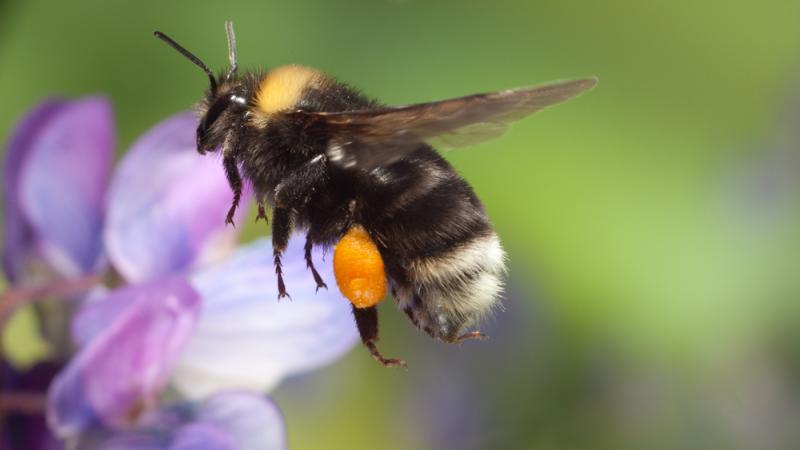Sustainability
The Oregon Zoo aspires to be a model of sustainability by putting conservation of natural resources at the forefront of its daily operations and planning for future improvements.

The Oregon Zoo moved to its current location in 1959. A significant part of zoo infrastructure dates to the 1950s and 1960s and is in need of repairs or renovations. In 2008, voters supported a $125 million bond for zoo improvements, which modernized 40% of the campus. Upgrades included transforming existing facilities to increase water conservation, new animal habitats and new veterinary and education centers. All improvement projects incorporate cutting-edge technology to reduce the impact on wildlife while providing enriching experiences for visitors as well as animals in the zoo's care. Here are already-implemented improvements and others still to come:
Electricity
The Veterinary Medical Center (VMC), opened in 2011, gave the zoo its first opportunity to build an entire building using sustainable materials and practices at every step. In 2012, the VMC received a LEED Gold certification from the U.S. Green Building Council.
- In the VMC, glass walls in south-facing office areas allow the sun to light the spaces. Lights are grouped and controlled by sensors. If ambient light from windows is bright, artificial lighting dims; if it's overcast outdoors, lights brighten. Motion, sonic and infrared sensors regulate lighting as well.
- Mounted on its roof are 37 light tubes that minimize the need for artificial lighting in windowless areas.
- Roof-top solar panels preheat the VMC's water, working in conjunction with the gas heating system.
Across the zoo, electricity use has been reduced through common-sense efforts such as campaigns to encourage employees to rethink habits about leaving on lights, computers or equipment such as animal heating pads when not needed. Also implemented zoo-wide: automatic shut-off of administrative computers, light sensors in 90% of offices and replacement of fluorescents with LED lights.
Water
In 2011, the zoo found ways to save over 12 million gallons of water each year.
- The Penguinarium's former water system required a constant flow of fresh water to keep the pool free of the scum generated by oils in penguin feathers. The 25,000-gallon pool was also drained weekly for cleaning. The result: each year, 7 million gallons of water were dumped into Portland's sewer system. In 2011, a reverse osmosis/sand filtration system was installed in the Penguinarium. Annual water usage since its installation: 225,000 gallons.
- In 2011, a concentrated effort to detect and repair leaks resulted in a 5-million-gallon reduction of water used in the first six months since repairs began.
- In the Veterinary Medical Center, the 17,500-square-foot main roof sends precipitation to a 30,000-gallon water silo; the water is used to flush toilets, hose down animal holding areas and irrigate new landscaping.
In all areas, keepers and other staff are asked to question the use of any resource, including water; for example: Does a hose need to run the entire time an enclosure is being cleaned? The goal: question all practices and innovate ways to reduce resource use.
Solid waste and Zoo Doo
- 91% of construction waste was recycled during construction of the VMC.
- Since reduce-reuse-recycle efforts began, including moves toward paperless offices, waste hauled offsite has dropped 80%.
- Food waste has dropped 80% due to composting.
- Onsite manure composting turns 100% of herbivore manure into nutrient-rich compost used by horticulture staff.
- Vendors are discouraged during the bid process from using wasteful packaging.
- Visiting school groups are advised to pack low-waste lunches.
Green roofs and native plantings
- A green roof on the Veterinary Medical Center's south side and adjacent paved surfaces drain to a water swale that filters pollutants before the water flows downhill and off-site.
- Forest Hall, the indoor habitat for Elephant Lands, features a green roof, along with shade structures throughout the habitat.
- New plantings incorporate native groundcovers, bushes and trees that can thrive without watering (except when first getting established).

